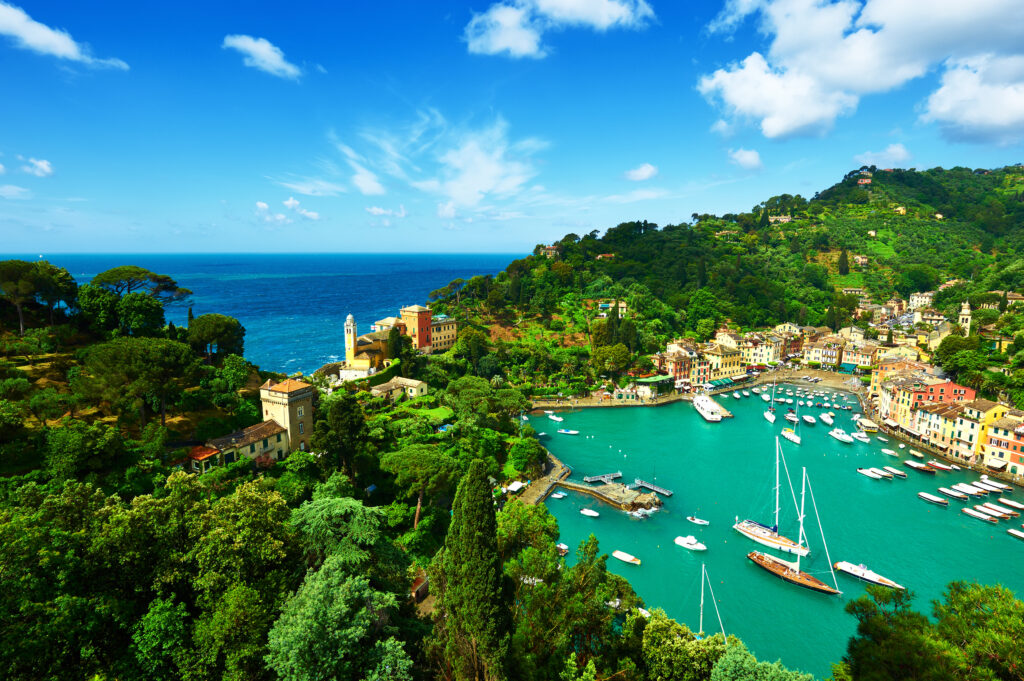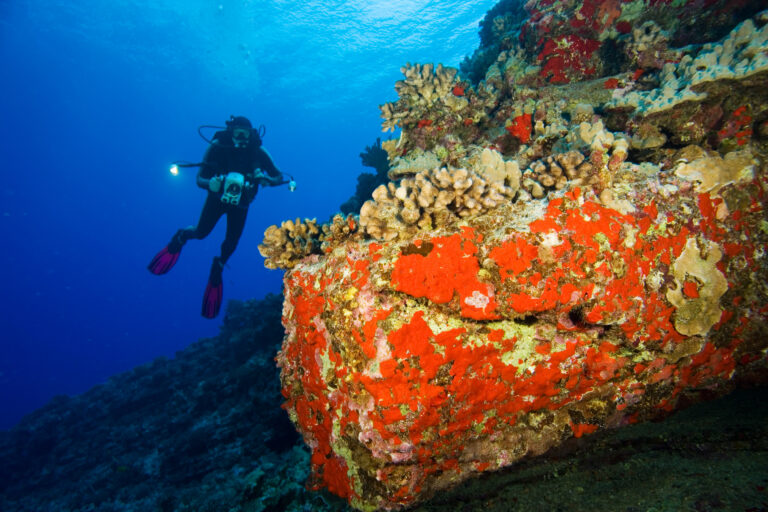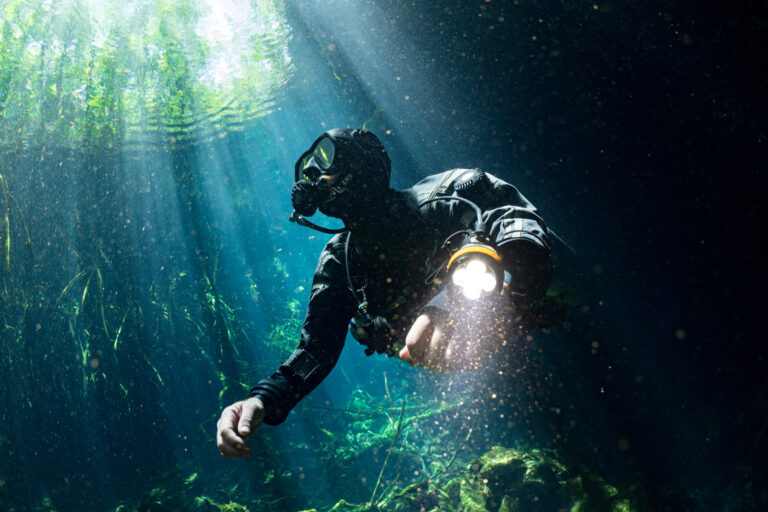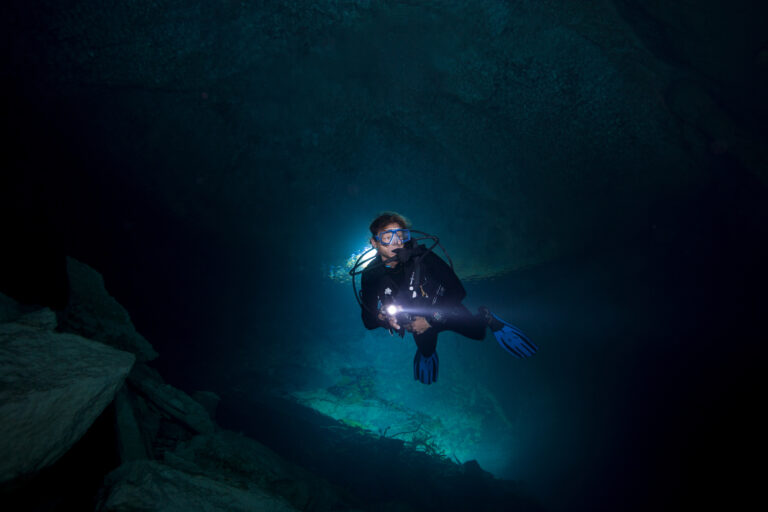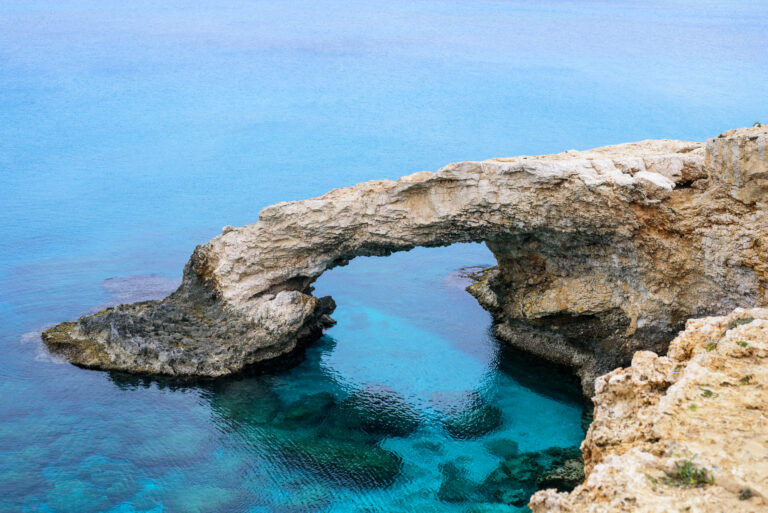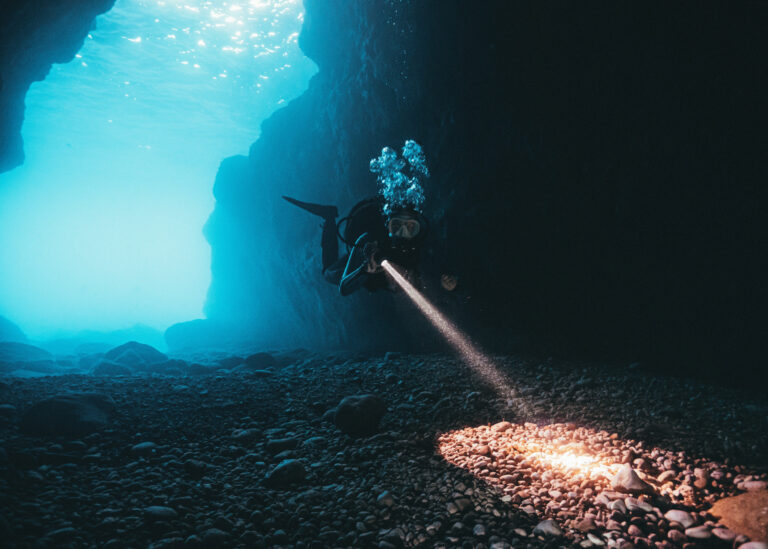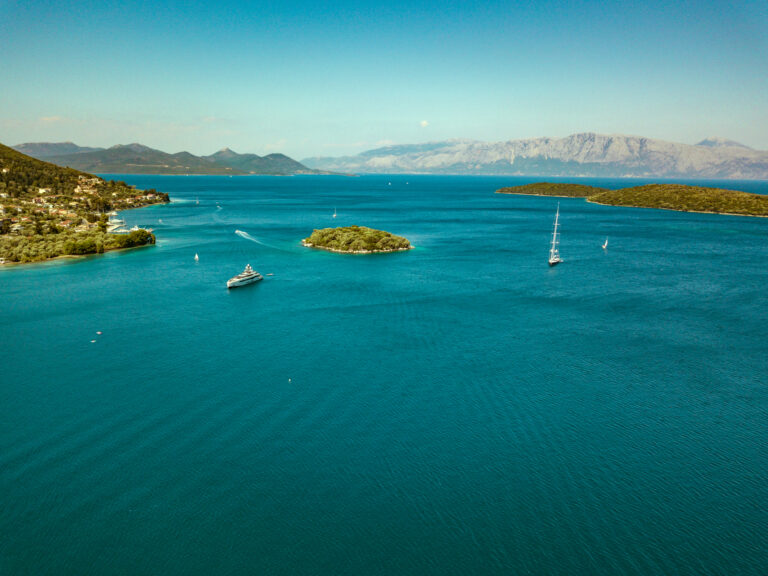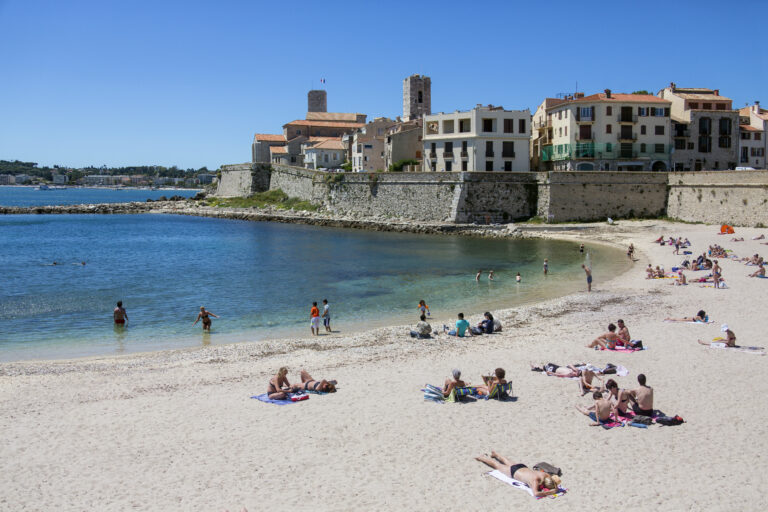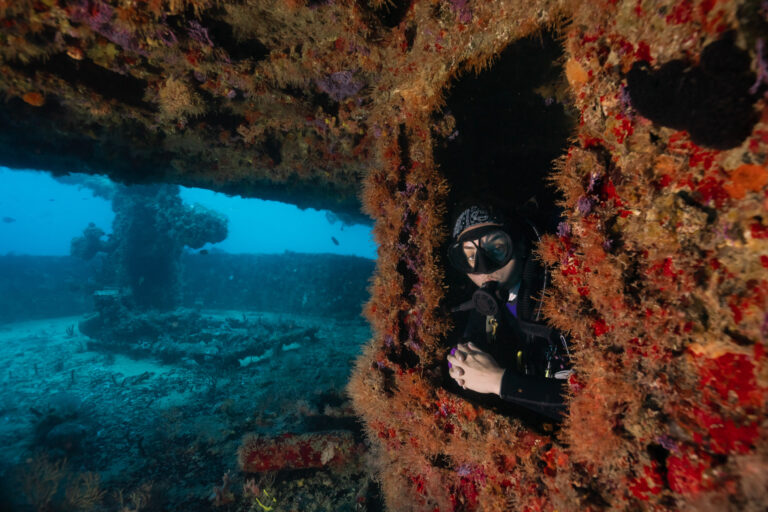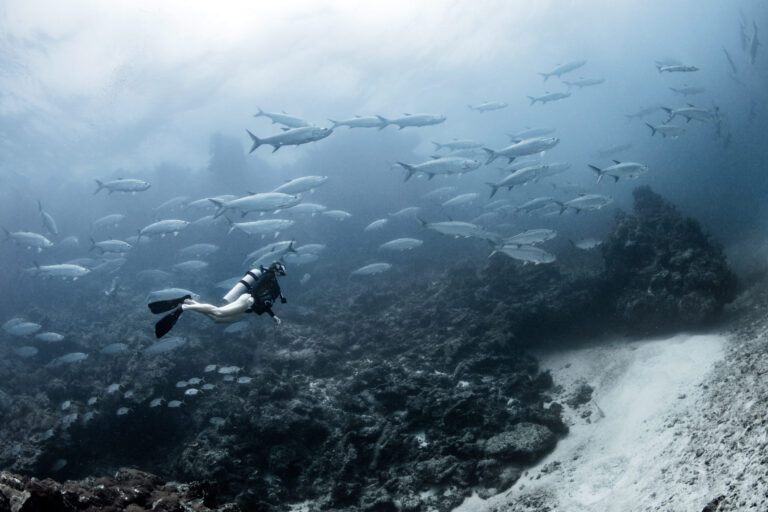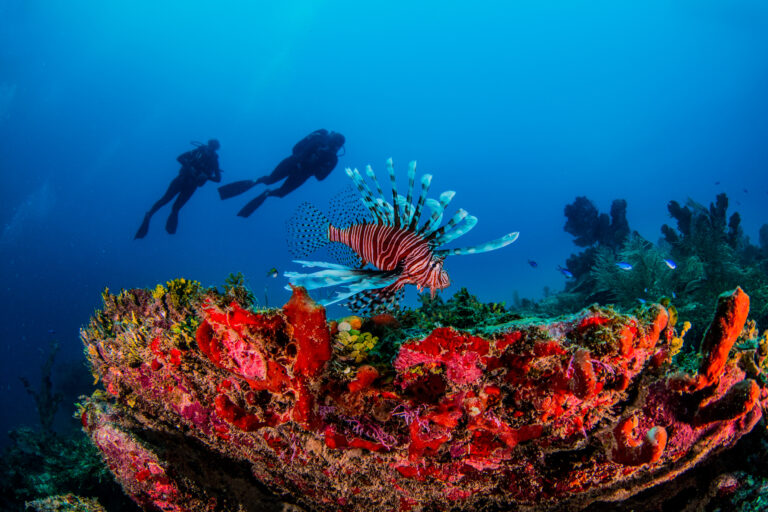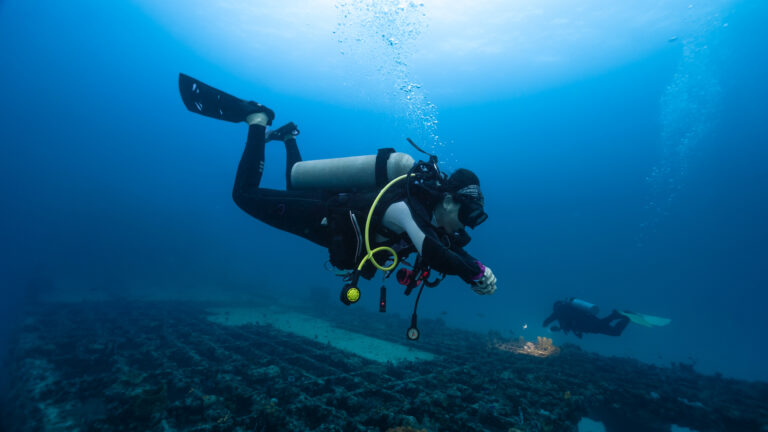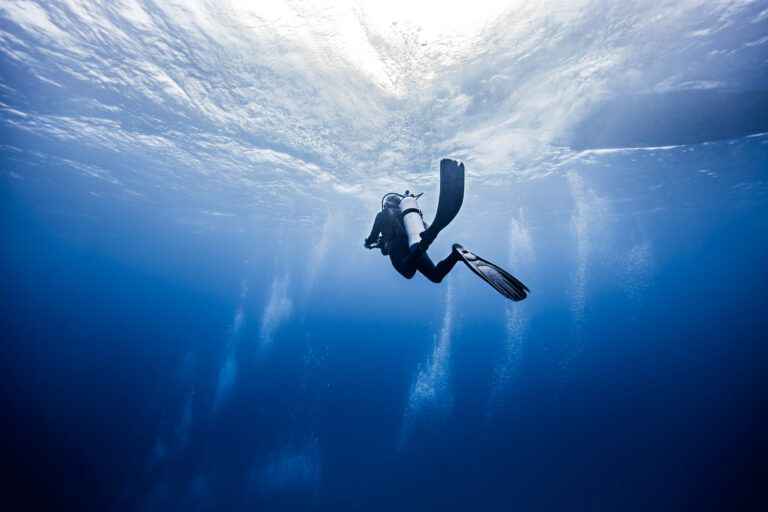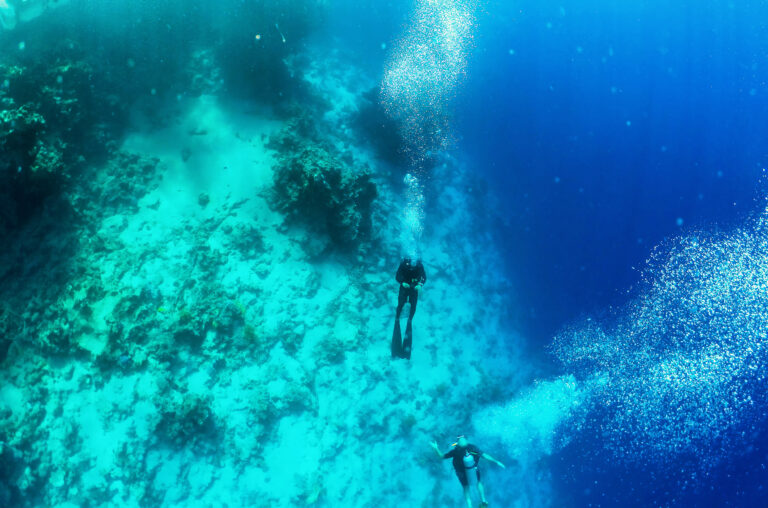SCUBA DIVERS’ TRAVEL GUIDE TO Italy
Italy is a dream destination for scuba divers who love history, culture, and cuisine. The country is surrounded by the Mediterranean Sea, which offers a variety of dive sites to explore. From ancient shipwrecks and underwater statues to colorful coral reefs and marine life, there is something for every level of diver. Italy also has a rich and diverse land-based heritage, with stunning architecture, art, and monuments that reflect its long and influential history. Whether you want to dive into the past or enjoy the present, Italy will enchant you with its beauty and charm.
LOCATION AND GEOGRAPHY
Italy, a European country extending into the Mediterranean Sea, boasts a diverse range of scuba diving experiences thanks to its extensive coastline and numerous islands. From the rugged landscapes of Sardinia and the volcanic underwater topography of Sicily to the clear waters of the Ligurian Sea in the north and the historic wrecks off the coast of Calabria, Italy’s geography offers a rich tapestry for underwater exploration. The country’s indented coastline is dotted with caves, overhangs, and coral reefs, providing habitats for a variety of marine life. The Italian peninsula, surrounded by the Tyrrhenian, Ionian, and Adriatic Seas, presents a multitude of diving environments, from the marine reserves of the Tuscan Archipelago to the submerged archaeological sites of the ancient Roman Empire. With its combination of natural and historical wonders beneath the waves, Italy’s location and geography make it a captivating destination for scuba divers seeking beauty and intrigue in the Mediterranean’s underwater realms.
VISA AND ENTRY REQUIREMENTS
Before embarking on your underwater adventure in Italy’s crystal-clear waters, it is essential to ensure that your travel documents are in order. Citizens of the European Union (EU), European Economic Area (EEA), and Switzerland can enter Italy with a valid national ID card or passport, with no visa required. For travelers from the United States, Canada, Australia, New Zealand, and many other non-EU countries, Italy permits visa-free entry for stays of up to 90 days within a 180-day period for tourism purposes, which includes scuba diving. However, this visa-free access may change, so it’s crucial to check the latest entry requirements before your trip. If you are not from a visa-exempt country or plan to stay longer, you will need to apply for a Schengen visa. Ensure your passport is valid for at least three months beyond your planned departure from the Schengen area. Always carry your identification and travel documents when diving, as local authorities may perform random checks. Keep in mind that Brexit has altered the conditions for UK citizens, who should verify their entry requirements before traveling to Italy.
GETTING TO Italy
Getting to Italy for an unforgettable scuba diving adventure is a straightforward endeavor, thanks to the country’s well-connected transportation infrastructure. Major international airlines frequently service Italy’s primary gateways, such as Rome’s Leonardo da Vinci-Fiumicino Airport, Milan’s Malpensa Airport, and Venice’s Marco Polo Airport, offering direct and connecting flights from all around the globe. For European travelers, budget airlines provide an economical option, while an extensive rail network offers a scenic alternative for those journeying from neighboring countries. Upon arrival, divers can easily reach Italy’s renowned dive spots, such as the sunken city of Baia in Naples, the marine life-rich waters of Sardinia, or the underwater caves of the Ligurian Sea, by renting a car, taking a domestic flight, or using the country’s efficient public transportation, including trains and ferries. With its diverse array of dive sites accessible from both the mainland and its picturesque islands, Italy is a destination that promises a seamless transition from arrival gate to underwater wonders.
BEST TIME TO DIVE
The best time to scuba dive in Italy largely depends on the specific region and the type of diving experience you’re seeking. Generally, the ideal period stretches from May to November when the waters are warmest and the visibility is at its peak, particularly in the Mediterranean Sea. The summer months of July and August offer the most comfortable conditions, with water temperatures ranging from 23°C to 26°C, making it perfect for exploring the vibrant underwater life without the need for a thick wetsuit. However, these months can also be the busiest, so for a more tranquil dive, consider the shoulder seasons of late spring and early autumn. During these times, the water remains warm enough for enjoyable dives, and the reduced number of tourists results in a more serene underwater environment. Divers interested in exploring the wrecks and rich marine life of the Ligurian Sea, the colorful sea slugs in the Tuscan Archipelago, or the underwater caves of Sardinia will find that timing their visit within this window offers the best balance of pleasant conditions and aquatic life encounters.
ACCOMMODATION OPTIONS
Italy, with its extensive coastline and mesmerizing underwater landscapes, offers a plethora of accommodation options for scuba divers looking to explore its marine treasures. From the rustic charm of seaside agriturismos in Sardinia, where you can immerse yourself in the local culture and cuisine after a day underwater, to the luxury resorts dotting the Amalfi Coast, providing world-class amenities and breathtaking sea views. Divers can also opt for liveaboard experiences in the Mediterranean, allowing them to wake up at different dive sites each day. Budget-conscious travelers will find comfort in the numerous dive-centric hostels and B&Bs, particularly in dive hotspots like the Ligurian Sea, where community and convenience are part of the package. Whether seeking a touch of opulence or a simple base to rest between dives, Italy’s accommodation options cater to every preference, ensuring that your underwater adventure is complemented by the perfect onshore retreat.
DIVE OPERATORS AND DIVE SHOPS
Italy, with its extensive coastline and mesmerizing underwater landscapes, offers a plethora of dive operators and shops that cater to both novice and experienced divers. From the rugged coasts of Sardinia and the submerged archaeological sites of the Tuscan Archipelago to the marine reserves of Sicily, Italian dive shops are renowned for their professionalism and local knowledge. These operators provide a full range of services, including PADI and SSI certification courses, equipment rental, and guided dive excursions to explore shipwrecks, vibrant coral reefs, and underwater caves. Many shops also offer Nitrox and technical diving opportunities for those looking to extend their depth and time underwater. With a focus on safety and environmental preservation, Italian dive operators ensure that visitors not only enjoy the stunning underwater vistas but also contribute to the conservation of the marine ecosystem. Whether you’re looking to dive into the history-laden waters of the Roman Empire or float alongside the diverse Mediterranean marine life, Italy’s dive shops are your gateway to an unforgettable underwater adventure.
TRANSPORTATION WITHIN Italy
Navigating Italy’s diverse landscapes to reach its prime scuba diving destinations is an adventure in itself, with transportation options as varied as the underwater treasures awaiting exploration. The country’s extensive train network, Trenitalia, connects major cities and regions, making it a convenient option for traveling to coastal areas such as Liguria, the gateway to the renowned Portofino Marine Protected Area. For more remote or island locations like the scuba diver’s paradise of Sardinia, domestic flights are available, with local airports often just a short drive from spectacular dive sites. Car rentals offer the most flexibility for those looking to explore multiple diving spots along the picturesque Italian coastline, including the famous wrecks off the coast of Calabria. For the final leg of the journey to dive sites, local dive shops typically provide boat transfers, ensuring divers can access even the most secluded underwater havens Italy has to offer. Whether by land, air, or sea, Italy’s transportation network supports an effortless journey to its underwater wonders.
CURRENCY AND PAYMENT METHODS
When traveling to Italy for a scuba diving adventure, it’s important to understand the local currency and payment methods. Italy uses the Euro (€) as its official currency, which comes in both coins and banknotes. Credit and debit cards are widely accepted, especially Visa and MasterCard, and you’ll find ATMs (Bancomat in Italian) readily available in cities and tourist areas. However, when visiting remote dive sites or small local dive shops, it’s advisable to carry cash as some may not accept cards. It’s also common for businesses to prefer cash for small transactions. Always inform your bank of your travel plans to avoid any issues with card transactions. Additionally, while tipping is not as customary in Italy as in some other countries, it is appreciated for exceptional service, and should be done in cash. Keep in mind that some dive operations might charge extra for equipment rental or boat fees, so inquire ahead and plan your payments accordingly.
LANGUAGE AND COMMUNICATION
When diving in Italy, communication underwater follows the universal hand signals that are recognized by divers around the globe, ensuring that regardless of nationality, divers can share important information such as air supply levels, potential hazards, and points of interest. Above the water, the primary language spoken is Italian, and while many dive operators in tourist areas may have staff who speak English and other European languages, it is beneficial to learn some basic Italian phrases for better integration and to enhance your overall experience. This can be particularly useful in more remote dive sites or when interacting with local fishermen and residents. It’s also a sign of respect and can lead to warmer interactions and potentially some insider tips on the best spots to dive. Remember to say “immersione” for diving and “attrezzatura subacquea” for scuba gear. Additionally, understanding some Italian maritime terms can be helpful when discussing dive conditions and boat directions.
LOCAL CULTURE AND ATTRACTIONS
Italy’s rich tapestry of culture and history provides a splendid backdrop to its diverse scuba diving experiences. Beyond the allure of its underwater realms, Italy offers a feast for the senses on land. Each region boasts its own unique traditions, from the soul-stirring operas in Verona’s ancient amphitheater to the lively folk dances in the sun-drenched piazzas of Sicily. Gastronomy is an art form here, with each locale priding itself on specialties that have been perfected over generations—be it the sumptuous seafood of Sardinia, the robust wines of Tuscany, or the iconic pizzas of Naples. History buffs will revel in the abundance of UNESCO World Heritage Sites, including the ruins of Pompeii and the grandeur of Rome, while art enthusiasts can lose themselves in the Renaissance splendor of Florence. The Italian coastline is dotted with picturesque villages where the pace of life slows, and the welcoming locals share stories as easily as they share a glass of limoncello. Whether you’re exploring the cobbled streets of ancient towns, attending a vibrant local festival, or simply enjoying the Mediterranean sun at a seaside café, Italy’s cultural attractions are as captivating as its marine treasures.
CULTURAL ETIQUETTE AND TIPS
When scuba diving in Italy, it is essential to approach the underwater adventure with the same respect for culture and etiquette that is cherished on land. Italians are known for their warm hospitality, but also for their appreciation of decorum and tradition. Before plunging into the Mediterranean waters, take the time to engage with local dive operators and guides, greeting them with a friendly “Buongiorno” or “Buonasera” depending on the time of day. Show appreciation for their expertise and local knowledge, as they may share insights on hidden underwater gems and the best times to avoid crowds. Be mindful of environmental regulations and historical preservation efforts, especially when diving near archaeological sites, as Italy values its rich heritage. Remember to express gratitude with a heartfelt “Grazie” after your dive, and if you’ve made a genuine connection, don’t be surprised if your new Italian friends invite you for a post-dive espresso or aperitivo to recount the day’s underwater marvels. Embracing these cultural nuances will enrich your diving experience and ensure you leave with fond memories and local friendships.
LOCAL LAWS AND REGULATIONS RELEVANT TO TOURISTS
When planning a scuba diving trip to Italy, it is essential to acquaint yourself with the local laws and regulations to ensure a safe and lawful experience. Italy requires all divers to be certified by a recognized diving authority and to carry a valid diving license, along with a personal logbook and a medical certificate stating fitness for diving, which must be renewed annually. Diving within marine protected areas (MPAs) is strictly regulated, often necessitating a special permit and the accompaniment of authorized dive guides; these areas may also impose restrictions on the number of divers allowed per day to minimize environmental impact. It is illegal to remove any historical artifacts or disturb archaeological sites, many of which are found underwater due to Italy’s rich history. Additionally, divers should be aware of the ‘flag alpha’ or ‘A flag’ system, which signals to boats that there is diving activity below. Failing to comply with these regulations can result in hefty fines and legal consequences. Always check for the most current regulations with local dive shops or authorities, as rules can vary by region and are subject to change.
SAFETY TIPS AND EMERGENCY CONTACTS
When diving in Italy’s diverse underwater landscapes, safety should be your paramount concern. Always dive within your certification limits and be familiar with the local dive conditions such as currents, depth, and water temperature. Ensure that your equipment is well-maintained and that you carry a dive computer, a surface marker buoy (SMB), and a whistle for emergencies. It’s crucial to never dive alone; use the buddy system and establish clear communication signals with your partner. Before your dive, acquaint yourself with the nearest hyperbaric chambers and ensure you have access to emergency contact numbers, including the local coast guard (Guardia Costiera, which can be reached at 1530) and DAN Europe (Divers Alert Network) for diving-specific medical emergencies (reachable at +39 06 4211 8685). Remember to have an updated dive insurance that covers hyperbaric treatment and familiarize yourself with the procedures for evacuation in case of an emergency. Lastly, always perform a safety stop at the end of your dives and allow for a 24-hour surface interval before flying to prevent decompression sickness. By following these guidelines, you can enjoy Italy’s underwater marvels with peace of mind.
HEALTH AND TRAVEL INSURANCE
When planning a scuba diving trip to Italy, it’s crucial to consider your health and travel insurance options carefully. Italy’s underwater landscapes are as rich and varied as its cultural heritage, offering divers the chance to explore everything from ancient Roman wrecks to vibrant Mediterranean marine life. However, diving always carries inherent risks, and access to Italy’s healthcare system for non-residents can be costly without proper insurance. Ensure that your travel insurance policy includes comprehensive coverage for scuba diving activities, taking into account the depths you plan to dive and any potential hyperbaric treatment that may be required in the event of decompression sickness. It’s also wise to check if your policy covers emergency medical evacuation, which can be a significant expense, especially if you’re diving in remote locations like the islands of Sardinia or Sicily. Remember to carry proof of your insurance and any relevant health information with you at all times. By securing the right insurance, you can dive into Italy’s underwater marvels with peace of mind, knowing you’re protected in case of any unforeseen medical issues.

